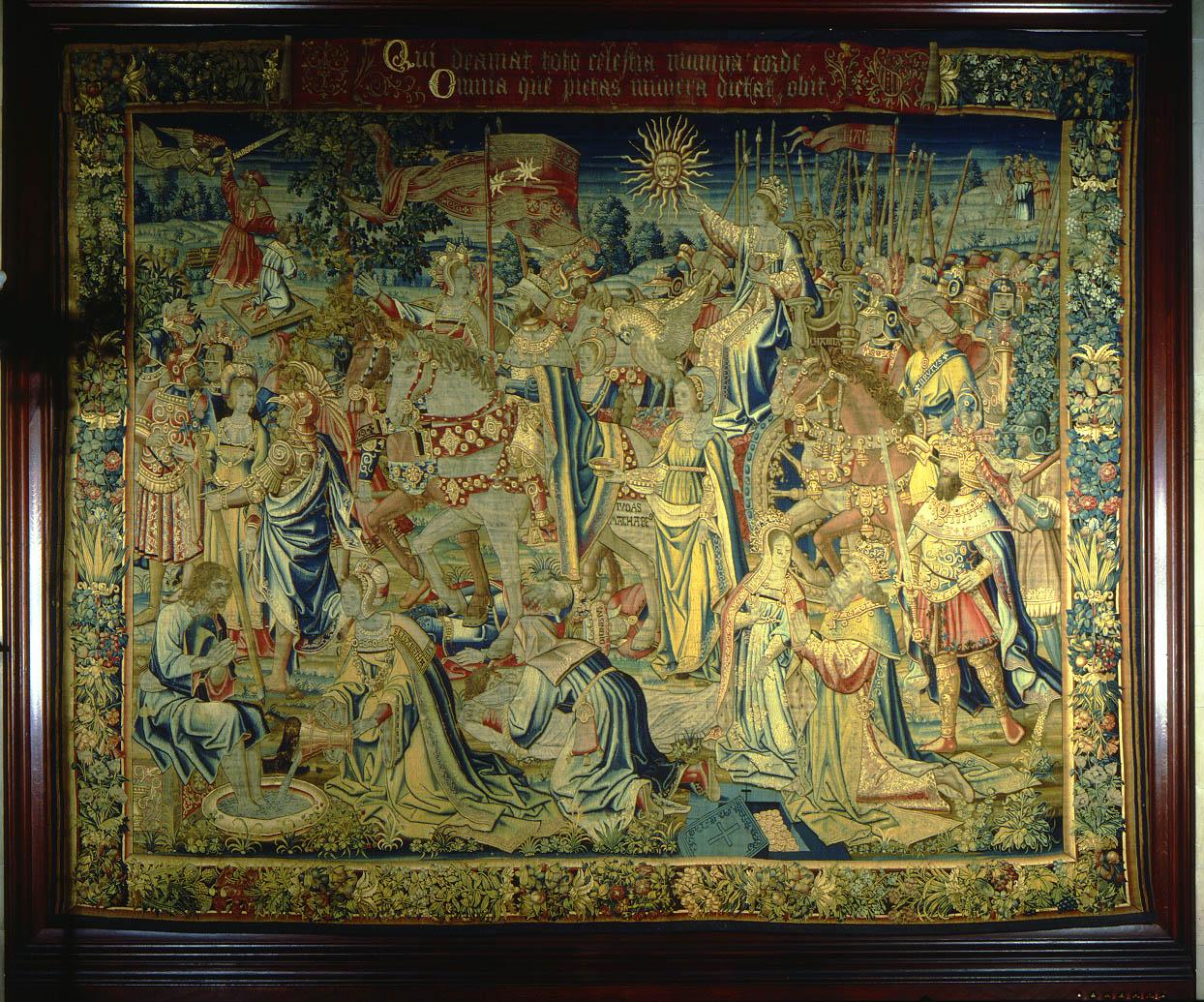One of the most comfortable and revealing rooms at Biltmore Estate in Asheville, N.C. is not really a room at all, but a passageway nearly open on three sides, filled with low-slung, upholstered easy chairs and a series of writing tables.
The tapestry hall is memorable for its near-palpable feeling of having been truly lived in and enjoyed, almost a century after George Vanderbilt stopped spending his leisure time here.
It links his library, jam-packed with 10,000 volumes and a collection of countless prints, and the home’s glass-roofed Winter Garden, another passage that guides visitors from the banquet hall. It’s basically open on either end, its ceiling covered in oak beams painted and stenciled in floral patterns.
Directly to the south is a series of arched, full-length windows opening to a loggia and a sweeping vista reaching 20 miles out into the Pisgah National Forest.
“There were three things that meant the most to George,” says Leslie Klingner, curator of interpretation at Biltmore. “He was proud of his book collection, his print collection and his conservation of the mountains and the trees.”
The books and prints were but a few steps away. And his architect, Richard Morris Hunt, had assured his client a commanding view of the forest of which Vanderbilt was the primary steward. “George totally had framed views of the mountains that he had preserved and owned,” she says. That view had originally been revealed to him by Frederick Law Olmsted, who, before the home was ever designed, had built a temporary tower there where Hunt and Vanderbilt could take in the site’s natural beauty.
The wall stretching out behind him was no minor vision either. There, a series of 16th century Flemish tapestries, woven from wool, silk and gold, hang from above. Originally a full set that depicted each of the seven human virtues, the three remaining here depict faith, charity and prudence.
“They are the story of the triumph of virtue over vice,” she says. “Originally, there would have been multiple sets woven, with seven tapestries to a set. Our ‘faith’ is the only one that exists – and there is no ‘temperance’ left at all.”
Extraordinarily expensive when originally produced in Brussels workshops, they would have taken five years, from 1520 to 1525, to design and plan, and another five to weave, from 1530 to 1535.
“They were already 350 years old when George found them at auction,” she says. “I think it was a time in Europe when so many families had land wealth, and were house rich, but didn’t have enough to support it all. And so they sold them.”
To be sure, there was a resurgence of interest in weaving tapestries during the 1800s, particularly by William Morris, but George Vanderbilt had cultivated a special interest in history and artistry. And with Hunt to guide him through the auction houses of Europe there was no real comparison.
“There are some special 19th century tapestries,” she says.
But none are compare to the 16th century work from Brussels.
For more, go here.
[slideshow id=202]


